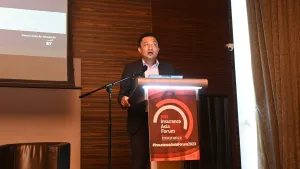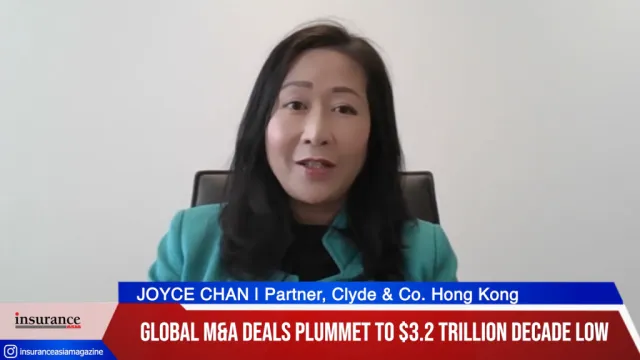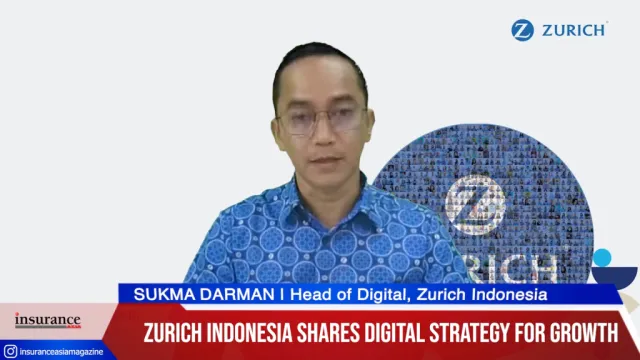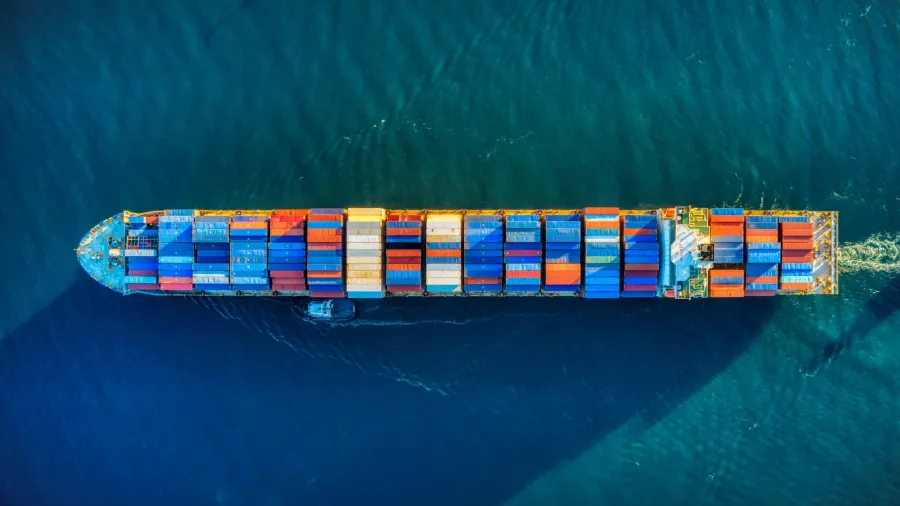
The triple threat for marine insurance
These threats are causing the industry $9.53b worth of losses.
Fire, collision and sinking, and damaged cargo are the top causes of marine insurance losses by value, according to Allianz Global Corporate & Specialty (AGCS) report.
Fire and explosion incidents cause the most expensive insurance claims in the marine industry, whilst at a time of rising exposures and inflation, cargo damage is the most frequent cause of loss, the report said.
The marine and cargo insurer analyzed more than 240,000 marine insurance industry claims worldwide between January 2017 and December 2021, worth approximately $9.53b (€9.2bn) in value, and has identified a number of claims and risk trends that are driving major loss activity in the sector.
Inflation is another key concern for marine insurers and their policyholders as recent increases in the values of ships and cargo mean losses and repairs are becoming more expensive when things go wrong.
The report revealed that fires accounted for 18% of the value of marine claims analyzed compared with 13% for a five-year period ending July 2018. A contributing factor to this increase of fire risk on board vessels is often mis-declared/non-declaration of dangerous cargos, whilst a recent increase in engine room fires may reveal some underlying risk around crew competencies.
Inflation
With many countries seeing rates at or around 10%, inflation is compounding existing trends driving higher claims severity. The rising prices of steel, spare parts and labour are all factors in the increasing cost of hull repair and machinery breakdown claims, AGCS said.
The value of both vessels and cargo has been increasing at a time of growing exposures associated with bigger ships, the largest of which can carry 20,000 containers at one time. The combined value of the global merchant fleet increased 26% to $1.2trn in 2021 whilst the average value of container shipments has also been rising with more high-value goods such as electronics and pharmaceuticals. It is not unusual to see one container valued at $50mn or more for high-value pharmaceuticals.
Damaged goods, including cargo, are the top cause of marine insurance claims by frequency, and the third largest by value, the AGCS analysis shows. The most common claims are physical damage, typically from poor handling, storage and packing.
However, recent years have also seen a number of high-value theft and temperature variation claims – the latter can particularly impact pharmaceuticals. Theft is the third most frequent cause of claims with criminals targeting consumer electronics and high-value commodities such as copper. Cargo is typically stolen from ports, warehouses or during transits. The recent boom in container shipping has also affected cargo claims with a global shortage having resulted in substandard and damaged containers being brought back into use resulting in losses.
"The risk of theft and damage to high-value cargos needs to be addressed with additional risk mitigation measures, such as GPS trackers and sensors that provide real-time monitoring on position, temperature, moisture shock, and light and door openings, for example," Captain Rahul Khanna, Global Head of Marine Risk Consulting at AGCS said.
"At the same time, cargo interests need to keep a close eye on insured values. Clients may need to adjust their insurance and policy limits, or risk being underinsured – we have already seen claims for high-value container cargos where the cargo interest was underinsured by as much as $20m.”







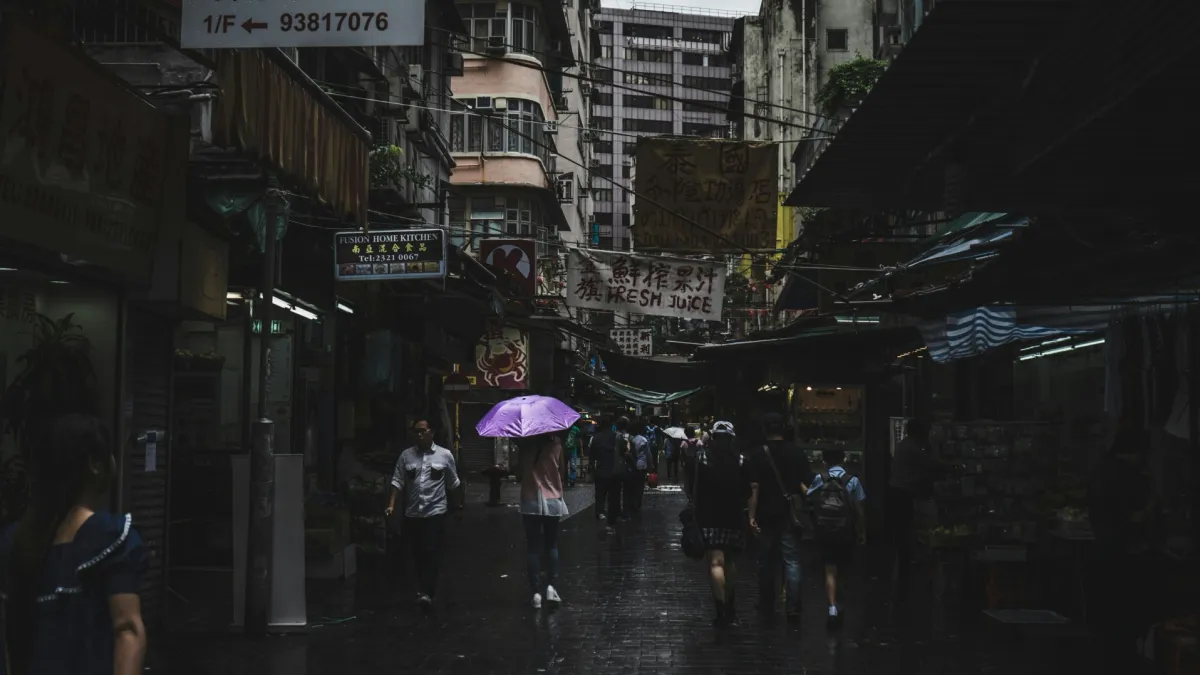


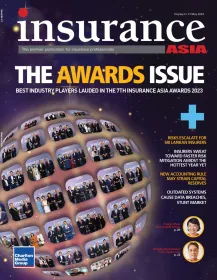
 Advertise
Advertise


